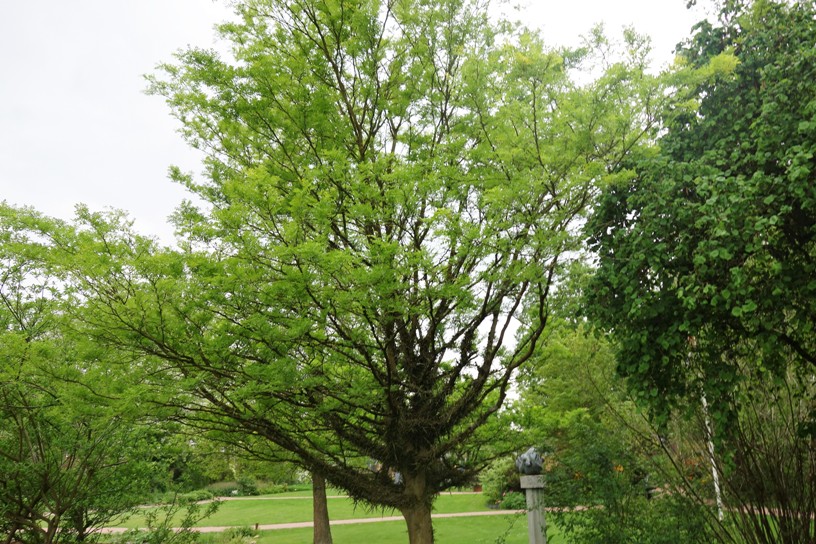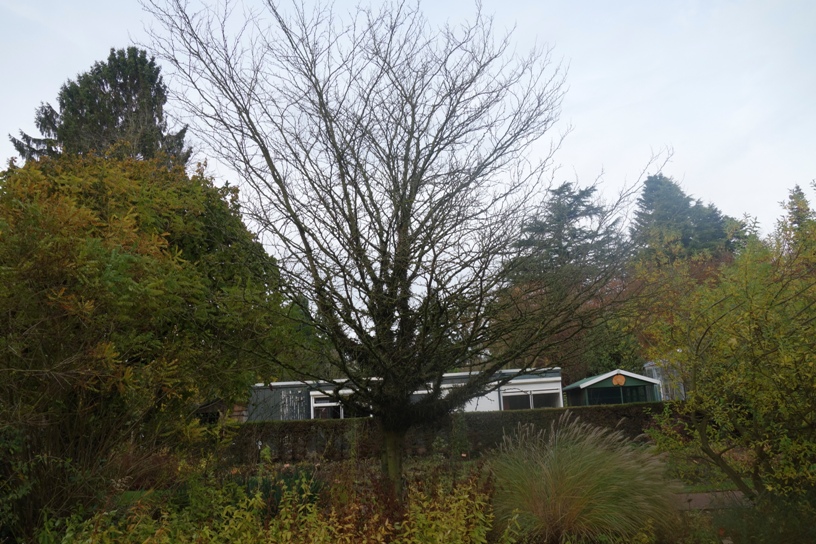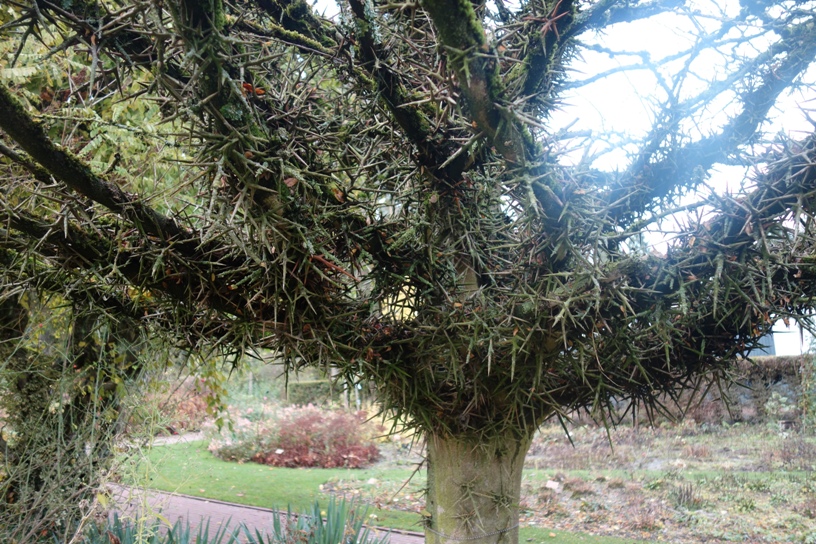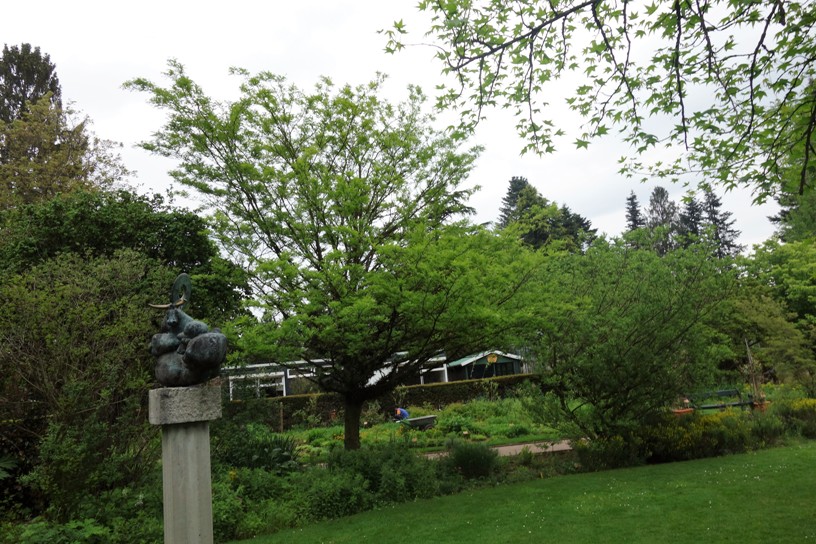Gleditsia japonica
Gleditsia japonica
Bean family (Fabaceae)
Attractive to bees
This locust tree is a fearsome plant. Its grey branches are covered with bundles of hooked spines up to 8 cm long. During the flowering season however the tree appears more approachable with bunches of cream-coloured flowers full of nectar. In Japan, where this species, japonica, can be found in the wild bearing light green feather-shaped leaves, it is used by beekeepers as a ‘honey tree’. The insects cannot enjoy it for long as the tree is in flower for only a couple of days each year. Although the flowers are small and unobtrusive, they grow after flowering into reddish-brown, twisted pods, 40 cm long that remain attached to the tree until well after the leaves have fallen.
Themes
Crown jewel in the Kerkrade Botanic Garden.
Rare in and outside its native area of Japan, China and Korea. It is a distinct, mid-sized, deciduous tree which can live for 450 years. Its flowers are hermaphrodite.
used in cough medicines, as an astringent, expectorant, haemostatic; also used to treat syphilitic ulcers and HIV.
The seeds are first cooked and roasted; in Japan they are then eaten with sugar as a staple food; they can also be eaten with boiled leaves.
Details
| Description: | Tree, up to 20 m. |
|---|---|
| Distributions: | China, japan, korea |
| Habitat: | Damp, well-drained, light to heavy soils in full sun at altitudes of 1200-2500 m. |
| Year cycle: | Perennial (polycarpic decidous) |
| Hardiness: | -4 - 5 f (hardy - very cold winter) |



